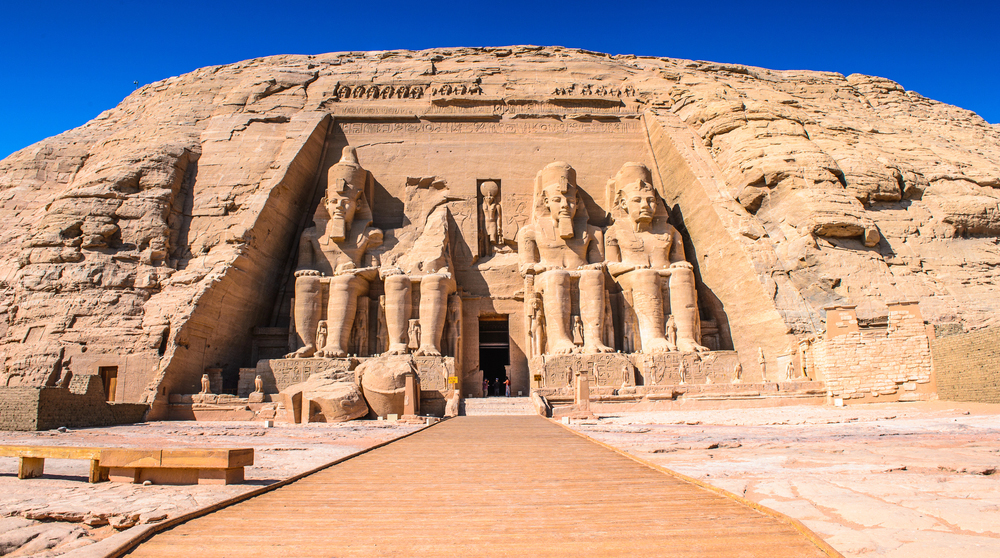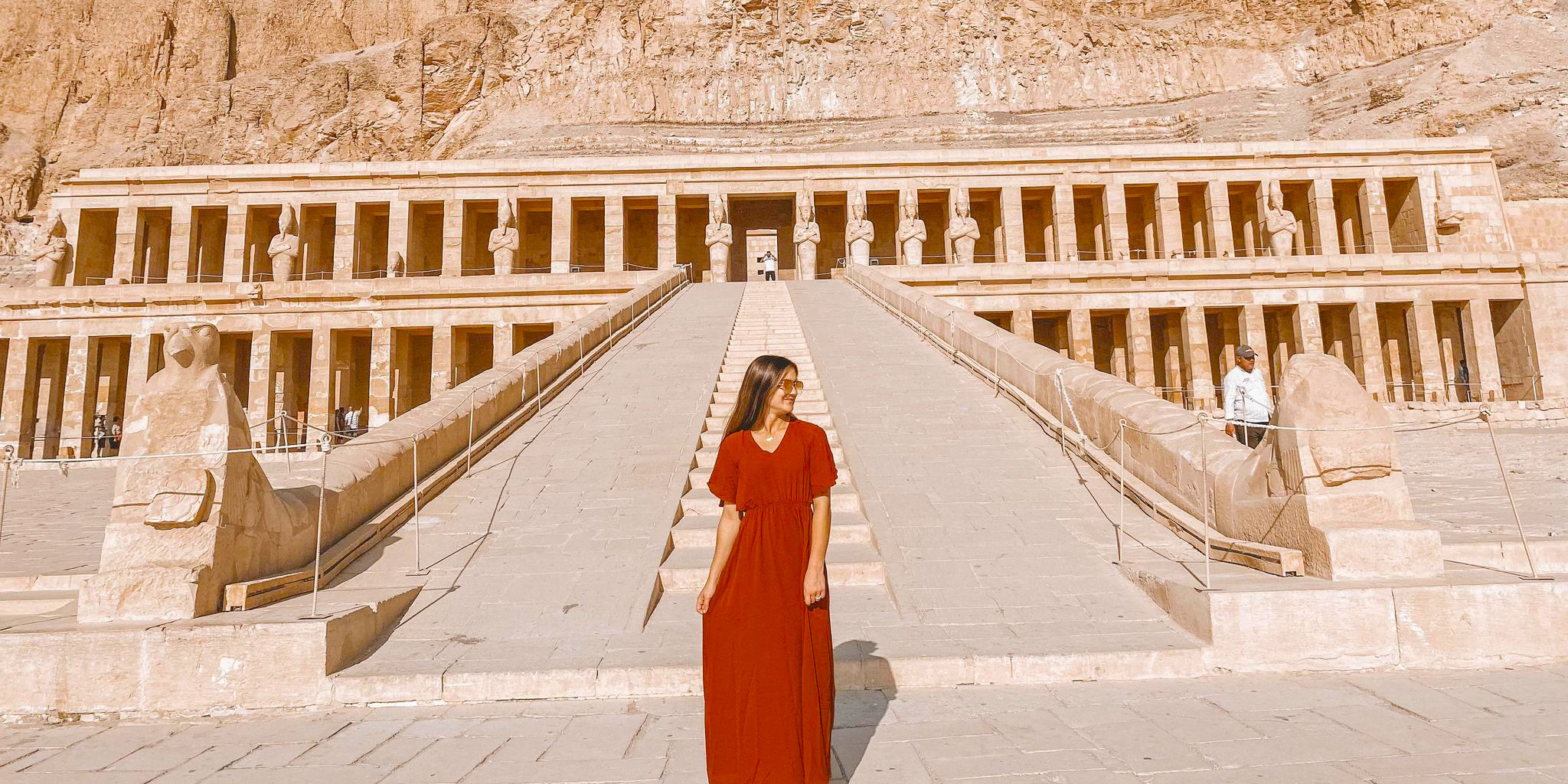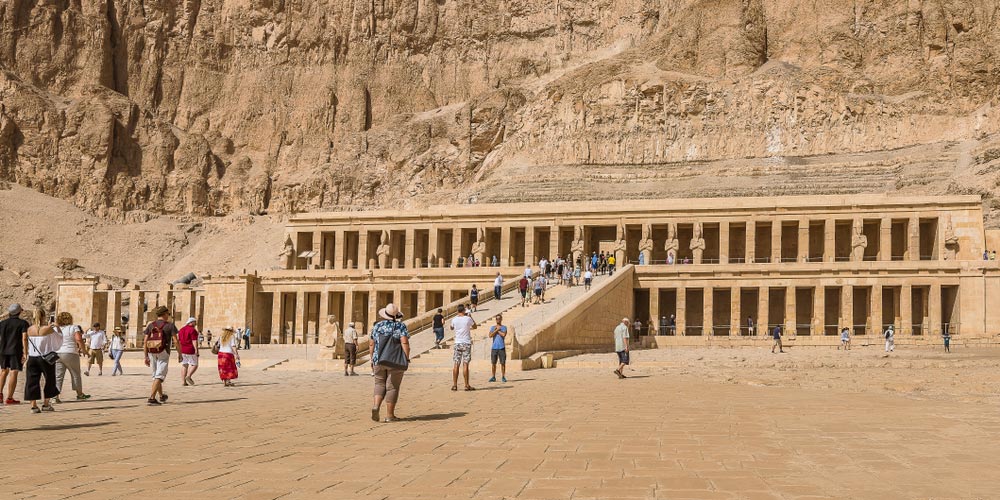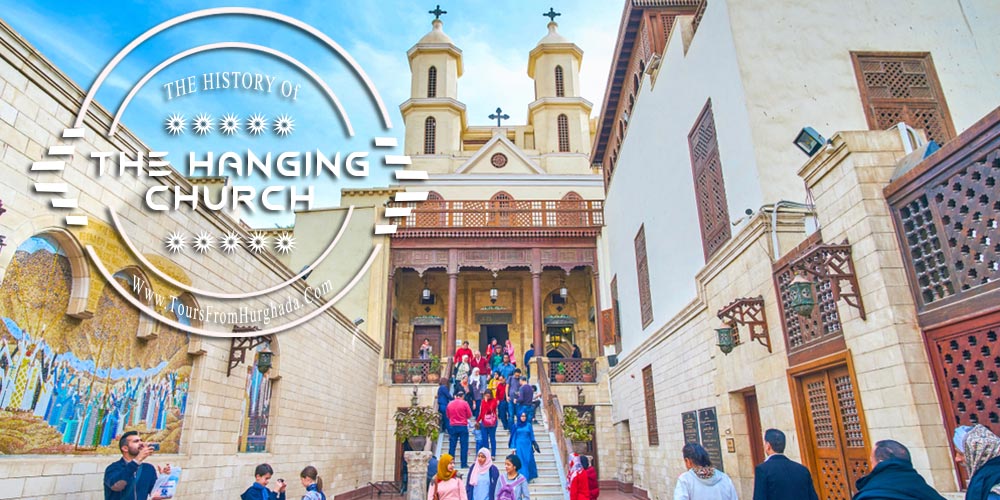The Location of the Saqqara Pyramid
In the heart of the ancient great city of Memphis lies one of the most important archaeological sites in the history of Egypt, “The Step Pyramid of Djoser”. Visiting the Saqqara Step Pyramid would give you an incredible chance to explore the Saqqara Area. It’s an area among the hugest historical areas of Egypt with insanely great tales told within and upon it.
You can find lots of marvelous milestones included in the Saqqara Area from tombs and pyramids to museums. You’ll be able to visit Imhotep Museum, Tiye, and Unas Pyramids. Further, you’ll have the chance to stroll around Merry Roka and the Butchers’ Tombs. In addition, you’ll tour Heb-sed Court and know about the king’s coronation and the every-thirty-year festival held back then.

Why Was the Saqqara Pyramid Built?
The Step Pyramid was constructed in 2700 BC in the Third Dynasty about 4,700 years ago to carry the tomb of Pharaoh Djoser (2721-2780 BC). The Step Pyramid performed its duty as the final ever-lasting place for Zoser. It was also responsible for launching a new way for the pharaohs to immortalize their legacy and innovate in the art of architecture.
Not only Saqqara Pyramid break the rulers with its unusual 6 mastabas, but the pyramid also holds a value of gold. It became the main display in the center of a massive mortuary complex within an enormous courtyard surrounded by the most enchanting ceremonial structures and breathtaking carvings and decorations. All the sites will offer you sights to watch from up close and treasure in your heart.

Who Built the Step Pyramid of Saqqara?
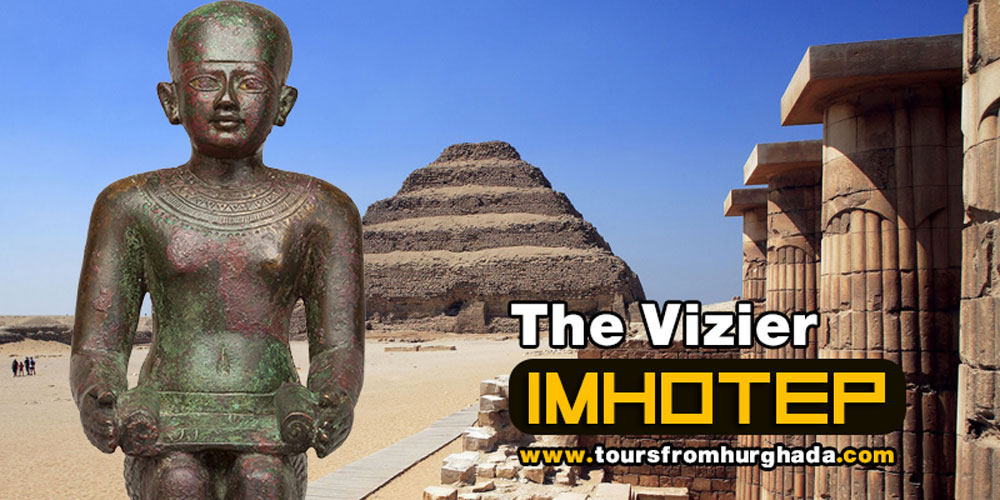
Saqqara Pyramid was designed by one of the wisest and most intelligent characters in ancient Egyptian civilization, the Vizier “Imhotep”. The Saqqara Pyramid has been responsible for transforming the face of architecture forever by starting a near-eternal wave of majestic constructions such as the great pyramids complex of Giza.
When Imhotep made the brave to build a square-based pyramid inside of an extraordinary complex, he didn't realize that he just transformed various main elements of the ancient Egyptian civilization through the millennia. It's safe to say that, if it were not for Imhotep, there wouldn’t have been born a pyramid with 6 breathtaking mastabas to present the ancient art of construction in a largely luxurious way.

The Miraculous Design of the Saqqara Pyramid
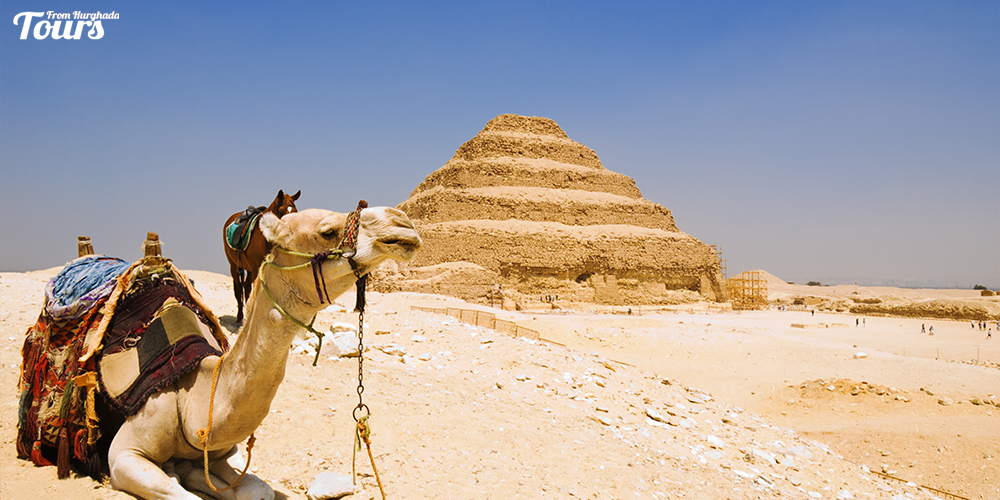
Saqqara Step Pyramid is known for being the oldest large-cut stone construction built by man in history. As it consists of six mastabas made of limestone on top of each other on a base of 109 M x 125 M (358 Ft x 410 Ft), gradually getting smaller in size as the steps ascended and stand at a total height of 62 M (203 Ft). It has four sides that are almost perfectly aligned with the four cardinal points. And, it was built to be a part of a complex that consists of a northern, and southern house.

The Architecture of Saqqara Step Pyramid
The mummy of the king is in a tomb beneath the base of the pyramid in the heart of a tunnel maze. Under the pyramid is a labyrinth of little corridors, galleries, and tunnels that have a depth of 28 M, and a length of 6 KM. It, also, connects through a central shaft of 7 SQM, which contained more than 40,000 jars made of various types of stone, slate, marble, alabaster, and many others.
The burial chamber is 13 feet long and is encased in granite but was, unfortunately, the victim of tomb raiders over the centuries. However, many historical facts and names of rulers, from the First and Second Dynasties, were discovered thanks to the Saqqara Pyramid.

The Enclosure Wall is a Significant Gesture Saqqara Pyramid Design
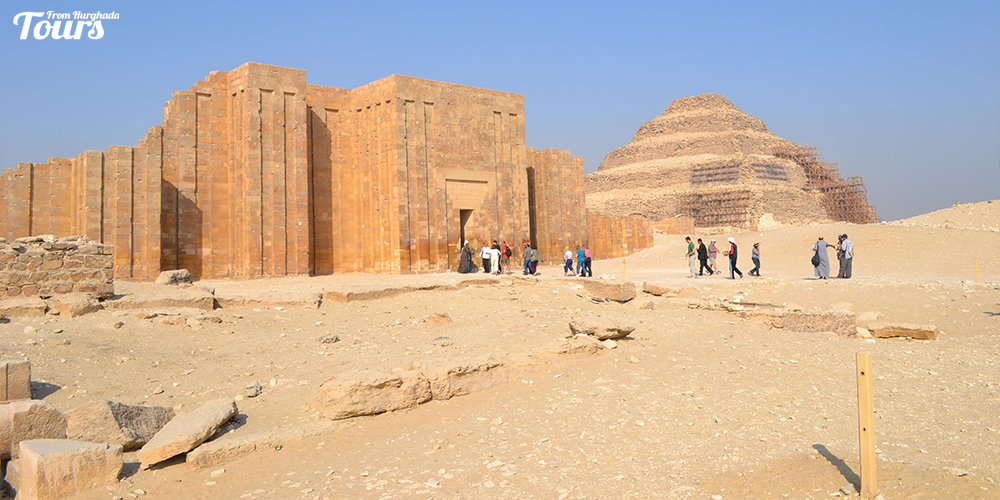
Among the designs that made Saqqara Step Pyramid stand out graciously is its Enclosure wall. The wall hugs a space of 10.5 meters in height and 1.6 kilometers in width in a genius way. The space is delivered from a masonry whose outer was totally engulfed by Tura Limestone. The wall’s front view consists of a 4.1-meter bastion and is coated with a handcraft collection of 1680 scraped niches. The design of the Enclosure Wall was insanely influenced by the 1st Dynasty’s burial sites, a great example of which can be spotted located at Abydos.
Jean-Philippe Lauer, a French architect, states on his side that the wall sticks to the same construction pattern as Memphis’ white walls’. However, Verner Panton, the Danish interior designer, suggests otherwise due to some dissimilar details that can be spotted in the two patterns and do not meet Lauer’s theories.

What Kind of Construction is the Saqqara Pyramid’s Great Trench?
Another fabulous segment of the Saqqara Step Pyramid’s construction elements is a great trench. The pyramid is framed by a head-turning trench carved into the infrastructure. The trench has exquisite dimensions with a 750-meter height and a 40-meter width, which made the trench rank as the hugest archeological innovation of this like in Memphis Necropolis.

The Distinction of Saqqara Pyramid’s South Tomb
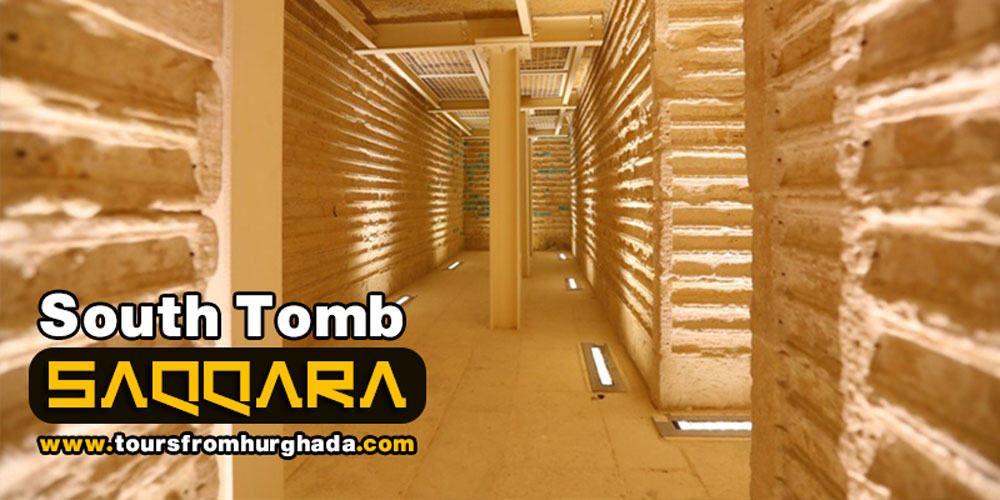
The South Tomb is a part printed in black ink in the history of the Saqqara Step Pyramid and has a lot in common with the later dynasties’ satellite pyramids. The tomb was suggested to host the Ka after revival. Another suggested conception about the tomb is having the organs of the king kept inside in a canopic jar. You can get into the South Tomb with the help of a 30-meter tunnel and a staircase that leads to a made-out-of-pink-granite tomb chamber
You keep going toward the east of the staircase to find a gallery space welcoming you that presents the blue-colored chamber located just beneath the pyramid. However, recent studies propose that the tomb was erected fully even before the pyramid. The South Tomb has details that show the ancients were born with professionalism and creativity to portray their concepts about art in a mysterious yet stunning way. In building the South Tomb, the architects put into consideration a huge work of art that fits the afterlife more than the living. It was built to make sure the king has all the needed tools to ensure his majesty a perfect revival.

The South Court of the Saqqara Pyramid’s Astonishing Details
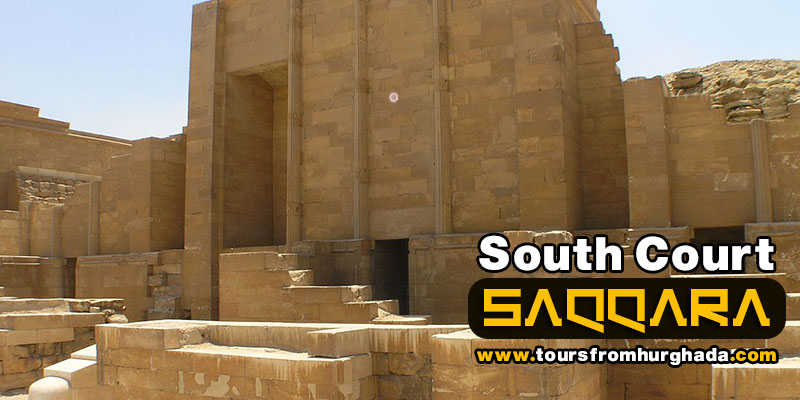
Included as a part of Saqqara Step Pyramid history is the South Court sandwiched between the pyramid and the South Tomb. The court is decorated with a series of curved stones that are alleged to be involved in the Heb-sed Festival’s skyrocketing power. It’s a power that would have lent a hand to Pharaoh Djoser in announcing his dominance all over Egypt.
The South Court would have been of great benefit to the pharaoh in the afterlife in one way or another. It’s a podium easy to reach with just a few steps. However, it’s a podium believed to host two thrones. This proves the allegations of Barry Kemp, the English Egyptologist, and archeologist that so many people believed in. He assumed that the whole Step Pyramid complex is just a symbol that helped the king practice his kingship ceremonies.

The First Great Excavations in the Saqqara Necropolis

Throughout the years, Saqqara Necropolis has been home to various discoveries that took Egypt and the Saqqara Step Pyramid history to another level of authenticity. And so, here are some quite old discoveries in the necropolis that led to a new era of Renaissance in Egypt’s great history:
2011 was a year when all worldwide Egyptologists and archeologists got fed up so well. A great discovery back then was made by a team under the supervision of Salima Ikram hand in hand with another team led by Paul Nicholson. They unveil another secret about ancient Egypt in the discovery of nearly 8 million mummified animal creatures not so far from Anubis Temple. Another leap in Egypt’s history was led by the one-of-a-kind scarab beetles in November 2018. The beetles were dug out of two sarcophagi, among which is one sarcophagus ornamented by huge black beetles
Months stretched by and then, on 13 April 2019, came another discovery that Mohamed Megahed, the Egyptology Czech Institute, and his delegation were guaranteed all credit of. They succeed in tracking a 4,000-year-old tomb, which was later proved to be the resting place of Khuwy, an influential person back then.

The Most Recent Discoveries in Saqqara Necropolis
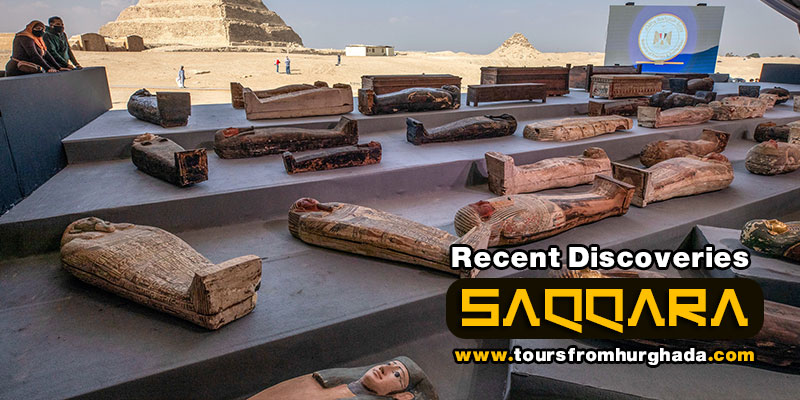
Among the recent discoveries that made the greatness of Egypt’s history surface to the shallowest level are the following:
In January 2021, a group of archeologists under the leadership of Zahi Hawass managed to put their grasp on the Naert funerary temple in addition to three made-out-of-brick warehouses found linked to the temple on the southeastern side and needed for storage tools, offerings, and provisions. Further, in November 2021, a collection of ancient tombs was discovered by a group of archeologists from Cairo University. Among the tombs is one that belongs to the chief treasurer during the Ramses II era, Batah-M-Woya, as well as Hor Mohib’s tomb, a powerful military leader back then
While in March 2022, came the revelation of five tombs with roots belonging to 4000 years ago and owned by some of the Old Kingdom’s senior officials. And in May 2022, a collection of 250 sarcophagi and another 150 statuettes were showcased at Saqqara Necropolis and go back in time to further than 2,500 years ago. It must be an absolute fact about Saqqara Step Pyramid by now; the pyramid is affected, to a large extent, by the Saqqara Area discoveries that were made one after another to catch attention all over.
A recap of the multiple discoveries made in Egypt’s history throughout the years is included in the following:
- In 2019, there was found an unscathed tomb of a 4000-year-old Wahtye
- In 2011, there was discovered a number of 8 million mummified animals.
- In November 2018, a collection of scarab beetles was discovered.
- In January 2021, the Naert funerary temple was unveiled.
- In November 2021, the chief treasurer of Ramses the Great’s tomb was revealed.
- A discovery was made, in 2021, of the tomb of Ramses the Great’s powerful military leader.
- In March 2022, five tombs of senior officials were found.
- In May 2022, a discovery of 250 sarcophagi and another 150 statuettes were made.

Conclusion
From the first moment we knocked on the “Tourism Industry” door, we made a vow to build the tourist a trip to remember. A trip with a strong impact to rewind its memories back in your mind and live the same feelings all over again. Tours from Hurghada will take care of your trip, sowing it with luxurious services and unmatched sights from the depth of Egypt’s ancient and modern history. Our essence will never bend to time nor the significance of the tours we offer. Now, it’s about time for you to grab a cup of tea while swinging back and forth on every charming detail we offer in our tours, then let us take the lead from here.
From: $300/Per Person
2 Days - 1 Night
2 Days Luxor & Abu Simbel Trip from Hurghada
Enjoy 2 Days Luxor & Abu Simbel Trips from Hurghada joined by a professional Egyptologist tour guide and ...
From: $370/Per Person
2 Days / 1 Night
Overnight Trip to Cairo from Hurghada By Plane
Private overnight trips to Cairo from Hurghada by plane to visit the most famous historical and cultural ...
From: $220/Per Person
2 Days / 1 Night
2 Days Trip From Hurghada to Luxor
A private 2 days trip from Hurghada to visit Luxor temple, Karnak temple, Valley of the Kings, Queen Hats...
From: $370/Per Person
2 Days- 1 Night
Two Days Cairo and Luxor Trip from Hurghada
Enjoy a gorgeous two days Cairo & Luxor trip from Hurghada to visit the best attractions of Pharaohs, the...


